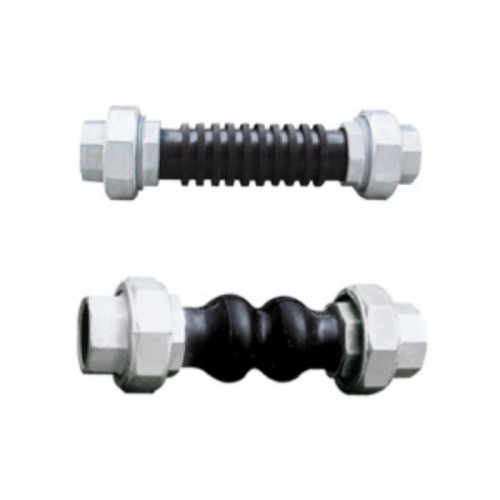remote actuated ball valve
The Functionality and Advantages of Remote Actuated Ball Valves
In the realm of industrial automation, the demand for efficient control systems is paramount. One of the pivotal components in these systems is the ball valve, specifically the remote actuated ball valve. This type of valve combines the straightforward operation of traditional ball valves with the added benefits of remote actuation, making them an ideal solution for a wide range of applications in various industries, including oil and gas, water treatment, and chemical processing.
Understanding Ball Valves
A ball valve is a type of quarter-turn valve that uses a hollow, perforated, and pivoting ball to control fluid flow. The ball is rotated 90 degrees to open or close the flow path. This design allows for quick on-off control and provides a reliable seal when in the closed position. Ball valves are known for their durability, low flow resistance, and ability to handle high-pressure applications. However, the manual operation of standard ball valves can be inefficient and hazardous, especially in environments where valves are located in hard-to-reach places.
Features of Remote Actuated Ball Valves
Remote actuation elevates the versatility of ball valves by enabling operators to control valve operations from a distance. This is typically achieved through electric, pneumatic, or hydraulic actuators. These actuators can be integrated with control systems, allowing for automation and remote monitoring. This capability not only enhances operational efficiency but also improves safety by minimizing the need for personnel to be present in hazardous environments.
One of the key features of remote actuated ball valves is their compatibility with various control systems, including SCADA (Supervisory Control and Data Acquisition) and DCS (Distributed Control Systems). With these systems, operators can monitor the performance of the valve in real-time, making adjustments as necessary to optimize system performance. The integration of remote actuated ball valves into such systems ensures that processes can be run with minimal interruption.
Applications in Various Industries
remote actuated ball valve

Remote actuated ball valves are widely used in several industries. In the oil and gas sector, they are crucial for managing the flow of hydrocarbons, often in remote locations where manual operation would be impractical. The ability to operate these valves remotely contributes significantly to the safety and efficiency of operations, minimizing the risks associated with manual handling.
In water treatment facilities, these valves are employed to control the flow of water through various treatment stages. By utilizing remote actuation, operators can quickly adjust flow as conditions change, responding effectively to fluctuations in demand or system pressure. The automation of these processes not only enhances efficiency but also ensures regulatory compliance and safety.
Chemical processing also benefits greatly from the use of remote actuated ball valves. In this industry, precise control of chemical flow is essential to prevent accidents and ensure product quality. The ability to operate valves remotely allows for safer management of potentially hazardous materials, reducing the risk of spills and exposure to toxic substances.
Advantages of Remote Actuated Ball Valves
The advantages of remote actuated ball valves extend beyond convenience and safety. They can significantly reduce operational costs through improved efficiency and decreased labor requirements. Moreover, by minimizing downtime and improving the response time to changes in system conditions, these valves contribute to higher overall productivity.
Additionally, the enhanced safety measures provided by remote operation cannot be overstated. In environments where health risks are prevalent, the ability to control systems from a safe distance greatly reduces the potential for accidents. This not only protects personnel but also safeguards equipment and reduces the likelihood of costly spills or environmental harm.
Conclusion
In summary, remote actuated ball valves represent a significant advancement in valve technology, combining the reliability of traditional ball valves with the convenience of remote operation. With applications spanning across various industries, these valves offer enhanced safety, improved efficiency, and reduced operational costs. As industries continue to seek automation and improve process management, the role of remote actuated ball valves will undoubtedly grow, paving the way for smarter and safer operational environments. By embracing this technology, companies can enhance their operational capabilities and safeguard their workforce, making remote actuated ball valves a pivotal component in the modern industrial landscape.
-
Breakthrough in Domestic Low Temperature Valve Technology in ChinaNewsAug.18,2025
-
From Machinery to Intelligent Brain: The Digital Transformation Wave of the Valve IndustryNewsAug.18,2025
-
PCVEXPO 2025NewsAug.18,2025
-
The Key to Fluid Control: Exploring the Advantages of Ball Valves in Industrial SystemsNewsJul.09,2025
-
The Versatile World of 1, 2, and 3 Piece Ball ValvesNewsJul.09,2025
-
Stainless Steel Ball Valves: The Ideal Choice for Efficient Flow ControlNewsJul.09,2025
-
Optimizing Fluid Control with Ball Float ValvesNewsJul.09,2025




